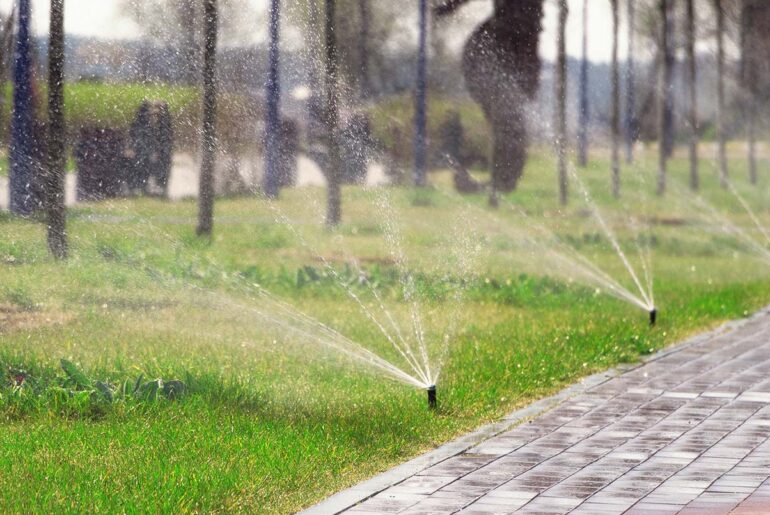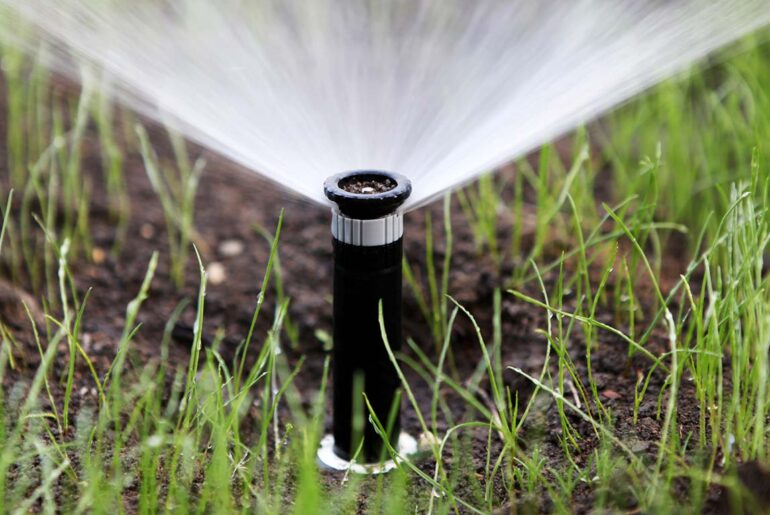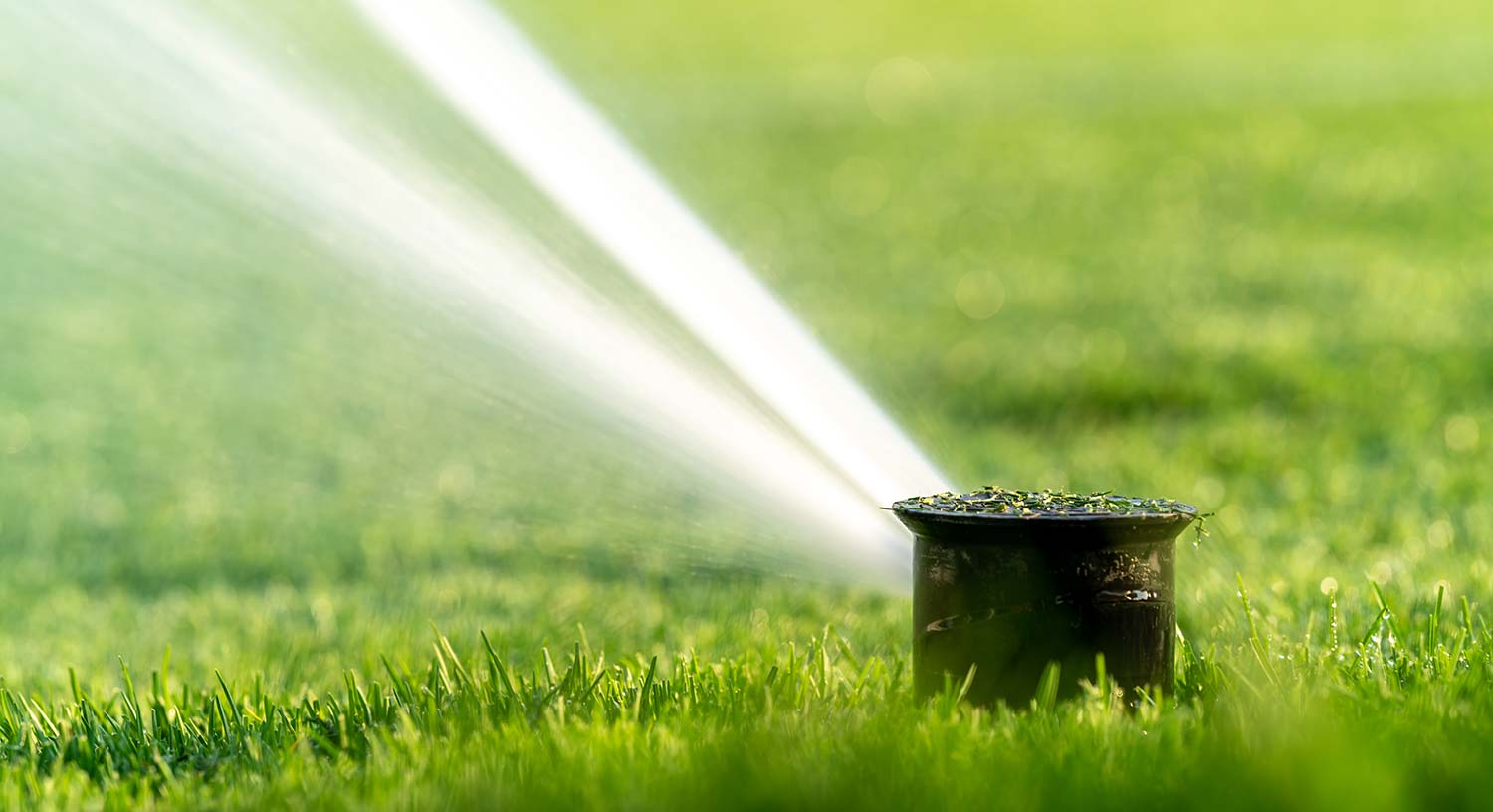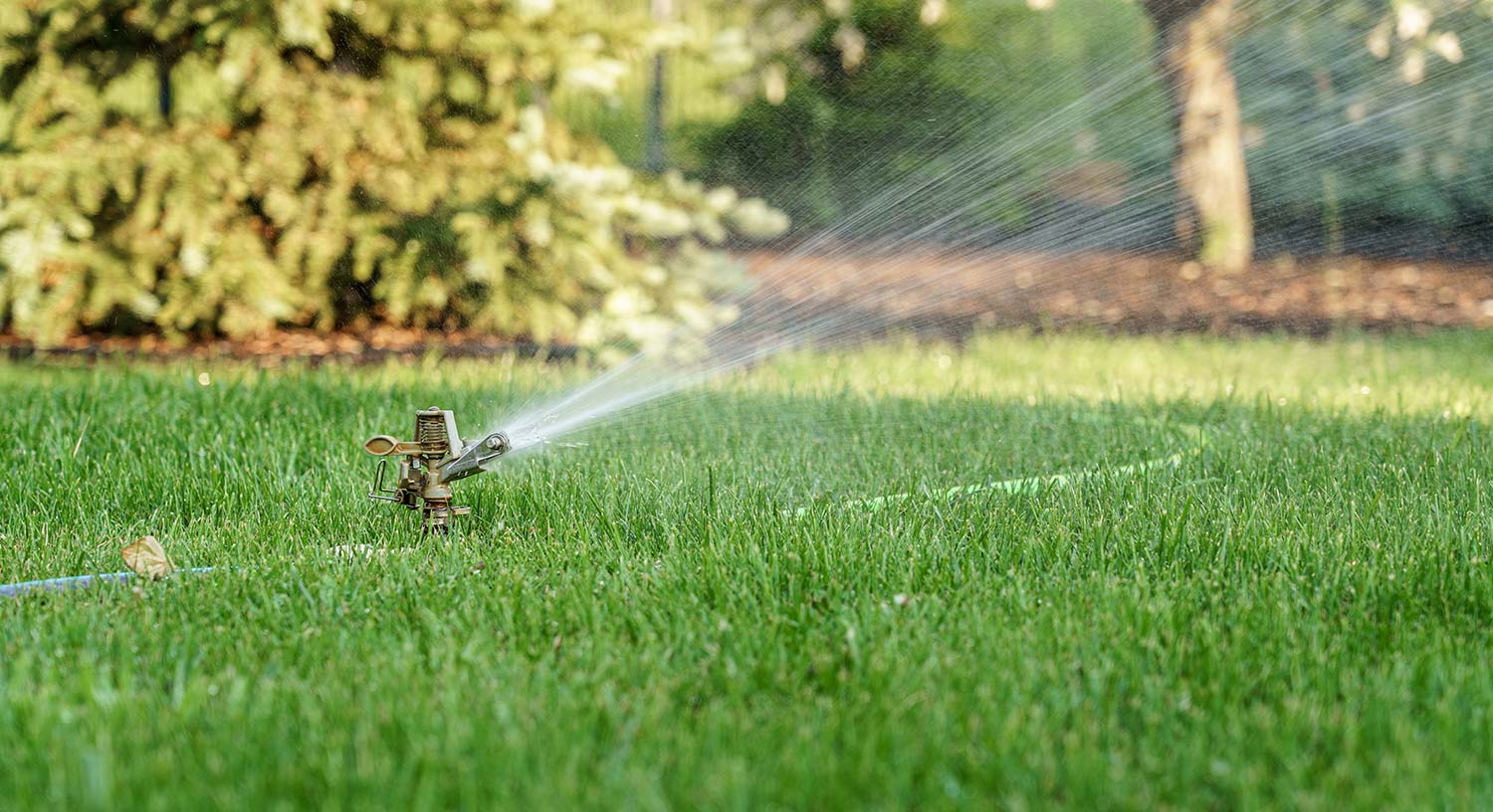Maintaining a lush, green lawn is akin to a delicate dance between nature and technology. One misstep, and you’re left with a patchy, uneven canvas of grass. Central to this balancing act is your lawn’s sprinkler system. But what happens when things go awry? Here, we’ll explore common issues with lawn sprinklers, from dry spots to broken heads, and offer practical solutions to keep your green oasis thriving. Understanding Sprinkler System Snafus 01. Incorrect Sprinkler…
Sprinklers are a fantastic way to keep your lawn lush and green, but if you have a four-legged friend, they might see these watering devices as new toys to play with, or worse, chew on. This can lead to damaged sprinkler heads and an inefficient irrigation system. Fear not! Here we’ll explore strategies and tips to dog-proof your sprinklers, ensuring that both your lawn and your pup stay happy and healthy. Why Do Dogs Target…
Maintaining a lush and healthy lawn is a priority for most homeowners in and around most cities in Texas like – Red Oak, Waxahachie, Midlothian, Cedar Hill, Ovilla and Glenn Heights etc, and one of the key elements in achieving this is effective watering. There’s an ongoing debate raging among lawn care enthusiasts: Is it better to run sprinklers for longer durations or more frequently? Let’s figure that out. Understanding Your Lawn’s Thirst Every lawn is unique, but a…
Each sprinkler setup has an optimal water pressure level unique to its design and function. Typically, household lawn sprinkler systems operate best within a range of 30 to 50 psi. However, this can vary based on the type of sprinkler heads you use. Spray heads and rotators usually perform optimally at about 30 psi, while rotors need pressures exceeding 30 psi. If your pressure is too low, you might end up with patches of dry lawn. On the…
Backflow in sprinkler systems is a critical issue that can have significant implications for the safety of our water supply. Backflow occurs when water flows backward through a water supply system, potentially contaminating it with hazardous substances. This article explores effective methods to protect your backflow systems, ensuring the safety and reliability of your water supply. 01. Turn off the shut-off valve On most residential backflow devices, there are two shut-off valves. These are typically…





